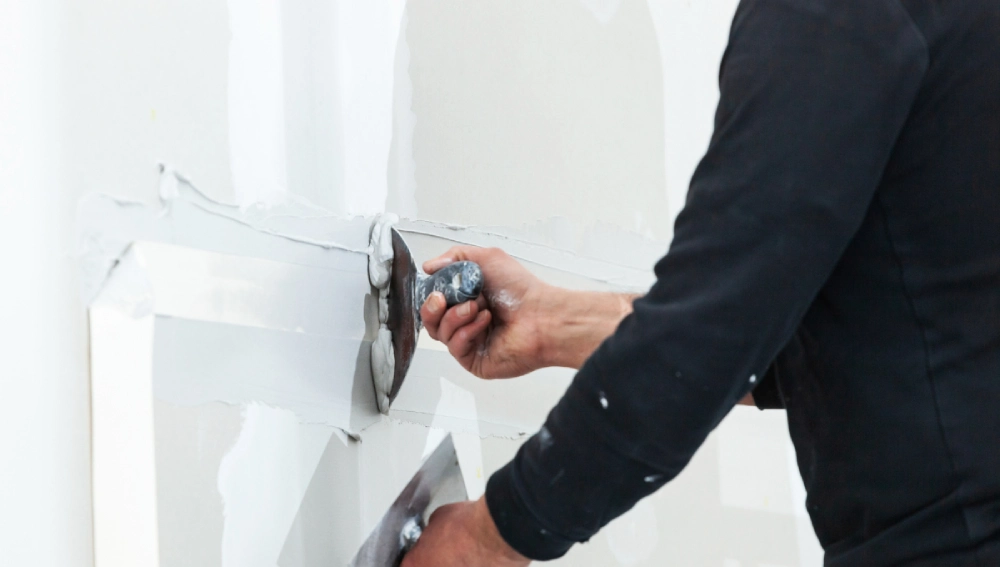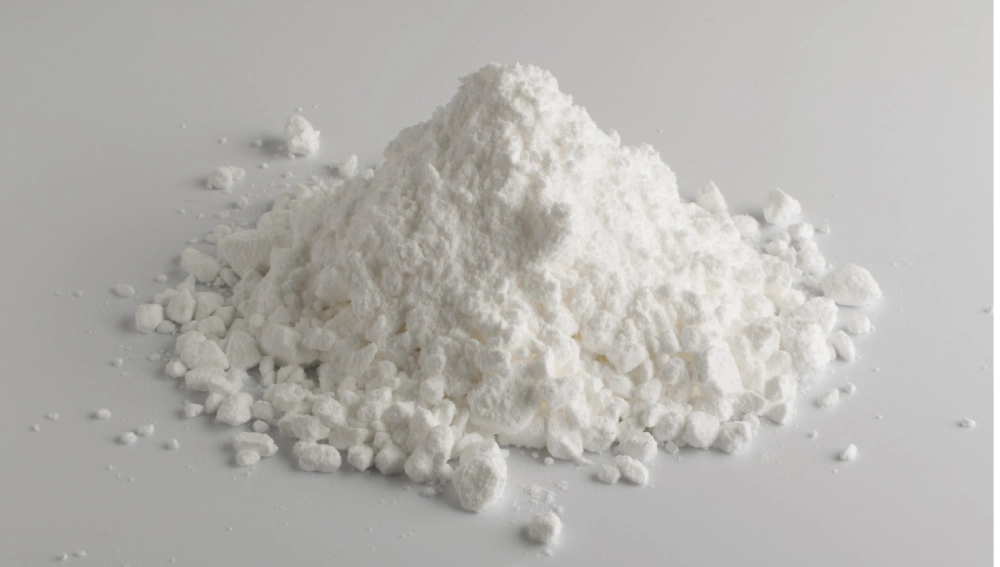Gypsum is a soft sulfate mineral composed of calcium sulfate dihydrate. Miners extract it worldwide. It has many uses, including as a fertilizer and construction material. It is also used in architecture, sculpture, pharmaceuticals, and food. It’s key to the Canadian economy. Many industries use gypsum, but its role in construction is especially noteworthy. Let’s dive into this article to clearly understand how gypsum is used in construction.
Uses of gypsum in building construction

1) Gypsum has many uses. It has been called the “wonder mineral” in construction because of its many uses in the industry. Gypsum serves as a primary component in wallboard manufacturing.
People use them to cover walls and ceilings. It’s also used to make plaster. Plaster is used in home construction and also used in Fill Cracks. It’s also mixed into a wallboard repair compound.
2) Gypsum withstands flames with remarkable effectiveness. This makes it ideal for construction. This feature’s unique crystal structure is at its heart. It includes water molecules. When it’s hot, the water turns to steam. The steam makes a barrier. It stops flames from spreading. That’s why gypsum can withstand intense heat. This makes it the top choice for walls and ceilings in buildings where fire safety is key.
Gypsum-based drywall has been key in reducing fire spread and saved countless lives and property. People use it in homes and buildings. Its fireproof properties have made it a staple in construction. Its use keeps growing. Architects and builders seek to create safer, tougher structures.
3) Gypsum, a versatile mineral compound, shines as an exceptional sound insulator. Its unique porous structure has many tiny air pockets. It works wonders in absorbing sound waves and reducing noise. This remarkable property makes gypsum ideal for walls and ceilings. It creates a quieter and more comfortable home.
In the 1970s, architects added gypsum panels to the iconic Sydney Opera House. To lessen reverb and increase sound absorption is what they did. It was to control background noise that builders used gypsum. This ensures quiet surroundings in residential or commercial buildings. This is essential in urban areas. Noise pollution negatively affects people’s mental health and well being. Gypsum board provides sound insulation. By employing it, we can create atmospheres which encourage relaxation, work efficiency and better standards of living.
4) Gypsum is highly resistant. It can stand tough times and harsh environments. It is also a good wallboard for biological control, as it inhibits the growth of molds, yeasts and other pests that could deteriorate the material thereby reducing costs associated with fixing it up or replacing it when needed.
Gypsum is a low cost construction choice that has long lasting features. This is why many people prefer using gypsum for their homes. Moreover, gypsum does not require much maintenance compared to other materials such as wood or concrete among others used in house construction; hence many people like to use this substance because of this advantage.
5) The mineral, gypsum, which is found naturally, combines sustainability and safety. It can be recycled many times, reducing waste as well as conserving resources. It is also harmless to people because it is non-toxic.
Hence, builders and architects prefer using this substance for their work because of its advantages. They aim at minimizing pollution through their activities on the environment. An example of this is the use of recycled gypsum in making plasterboard, ceiling tiles and cement (NAHB Research Center).
The process replaces virgin materials with a resultant reduction in natural gypsum reserves demand. Moreover, gypsum occurs naturally and it’s non-radioactive. The latter cannot contaminate either air or water while the former can unlike its synthetic counterparts known to do so.
The world has been moving towards building eco-friendly buildings. Introducing environmentally friendly properties makes gypsum an ideal construction material for a greener future.

Conclusion:
Construction is dependent on gypsum. It has several exceptional qualities – fire resistance, noise exclusion, toughness, and flexibility. Gypsum is used in numerous products, including cement, plasterboard, or plaster,They apply it in residential homes and offices, among other buildings. Gypsum combines safety, convenience, and sustainability in the construction of living spaces. This makes gypsum an indispensable material for the construction industry for decades.
FAQS
The major use for gypsum is in the production of gypsum plasterboard (drywall), which is widely used for constructing walls and ceilings in buildings. Gypsum is also used in plaster, as a soil conditioner in agriculture, and in various industrial processes such as cement production.
Yes, gypsum is good for a house due to its versatility and benefits. Gypsum plasterboard is commonly used for walls and ceilings because it is easy to install, fire-resistant, and provides good insulation. It also helps in achieving a smooth finish and can improve indoor air quality by absorbing excess moisture.
Gypsum is used in walls primarily because of its excellent fire resistance, ease of installation, and smooth finish. Gypsum plasterboard (drywall) provides a seamless, durable surface that can be easily painted or decorated. It also offers good sound insulation and helps regulate indoor humidity by absorbing and releasing moisture, contributing to a healthier indoor environment.

